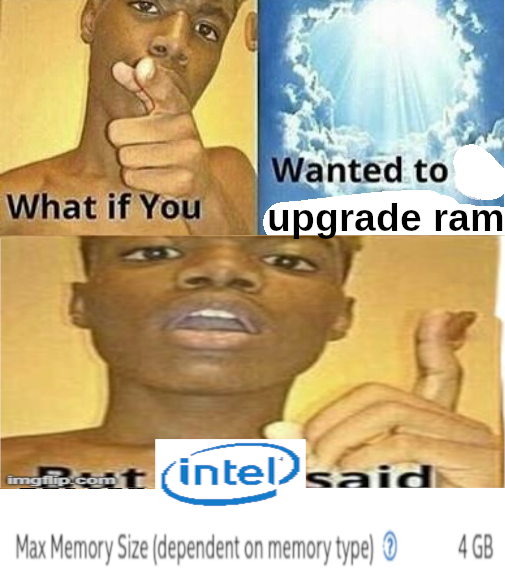view the rest of the comments
Selfhosted
A place to share alternatives to popular online services that can be self-hosted without giving up privacy or locking you into a service you don't control.
Rules:
-
Be civil: we're here to support and learn from one another. Insults won't be tolerated. Flame wars are frowned upon.
-
No spam posting.
-
Posts have to be centered around self-hosting. There are other communities for discussing hardware or home computing. If it's not obvious why your post topic revolves around selfhosting, please include details to make it clear.
-
Don't duplicate the full text of your blog or github here. Just post the link for folks to click.
-
Submission headline should match the article title (don’t cherry-pick information from the title to fit your agenda).
-
No trolling.
Resources:
- selfh.st Newsletter and index of selfhosted software and apps
- awesome-selfhosted software
- awesome-sysadmin resources
- Self-Hosted Podcast from Jupiter Broadcasting
Any issues on the community? Report it using the report flag.
Questions? DM the mods!

3x Intel NUC 6th gen i5 (2 cores) 32gb RAM. Proxmox cluster with ceph.
I just ignored the limitation and tried with a single sodim of 32gb once (out of a laptop) and it worked fine, but just backed to 2x16gb dimms since the limit was still 2core of CPU. Lol.
Running that cluster 7 or so years now since I bought them new.
I suggest only running off shit tier since three nodes gives redundancy and enough performance. I've run entire proof of concepts for clients off them. Dual domain controllers and FC Rd gateway broker session hosts fxlogic etc. Back when Ms only just bought that tech. Meanwhile my home "ARR" just plugs on in docker containers. Even my opnsense router is virtual running on them. Just get a proper managed switch and take in the internet onto a vlan into the guest vm on a separate virtual NIC.
Point is, it's still capable today.
How is ceph working out for you btw? I'm looking into distributed storage solutions rn. My usecase is to have a single unified filesystem/index, but to store the contents of the files on different machines, possibly with redundancy. In particular, I want to be able to upload some files to the cluster and be able to see them (the directory structure and filenames) even when the underlying machine storing their content goes offline. Is that a valid usecase for ceph?
I'm far from an expert sorry, but my experience is so far so good (literally wizard configured in proxmox set and forget) even during a single disk lost. Performance for vm disks was great.
I can't see why regular file would be any different.
I have 3 disks, one on each host, with ceph handling 2 copies (tolerant to 1 disk loss) distributed across them. That's practically what I think you're after.
I'm not sure about seeing the file system while all the hosts are all offline, but if you've got any one system with a valid copy online you should be able to see. I do. But my emphasis is generally get the host back online.
I'm not 100% sure what you're trying to do but a mix of ceph as storage remote plus something like syncthing on a endpoint to send stuff to it might work? Syncthing might just work without ceph.
I also run zfs on an 8 disk nas that's my primary storage with shares for my docker to send stuff, and media server to get it off. That's just truenas scale. That way it handles data similarly. Zfs is also very good, but until scale came out, it wasn't really possible to have the "add a compute node to expand your storage pool" which is how I want my vm hosts. Zfs scale looks way harder than ceph.
Not sure if any of that is helpful for your case but I recommend trying something if you've got spare hardware, and see how it goes on dummy data, then blow it away try something else. See how it acts when you take a machine offline. When you know what you want, do a final blow away and implement it with the way you learned to do it best.
This is good advice, thanks! Pretty much what I'm doing right now. Already tried it with IPFS, and found that it didn't meet my needs. Currently setting up a tahoe-lafs grid to see how it works. Will try out ceph after this.